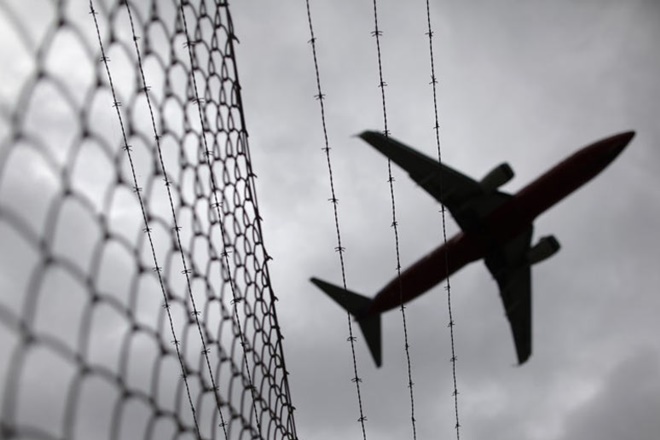By Akshay Kapoor
India is the world’s fastest-growing major business travel market. According to the Global Business Travel Association (GBTA), business travel spend in India is forecast to reach close to $37 billion in 2017, and India is expected to become the world’s sixth largest business travel market by 2019. When it comes to adopting “managed travel”, Indian companies are gradually catching up with their counterparts in more mature markets like the United States and Europe. Managed travel refers to having well-defined practices and policies that control the way employees book business travel, which can help a company get a handle on its total spend.
Generating corporate travel savings might sound like a challenge – especially if you have lots of employees flying to different locations at different times. However, there are ways to keep costs down without compromising on traveler safety or services.
1. Make your corporate travel policy clear and simple
Take a close look at your existing corporate travel policy and think about whether it covers every area of travel spend within your company. Focus first on getting the fundamentals in order – a proper approvals process, along with guidelines on bookings and reservations, on-site spending and expenses.
Then, communicate the policy to your travelers clearly. Keep the policy short, avoid jargon, and create a list of FAQs. Work with your HR department to have the corporate travel policy included as part of the induction program for new employees.
Setting out clear procedures will help your business travelers make decisions that stay within your policy and don’t incur additional costs that hurt your bottom line.
2. Have a smart pre-trip approval process
One of the simplest ways to reduce your corporate travel spend is by having an approval system in place for every booking. By making it clear who needs to give approval for travel, you won’t have the problem of trips having to be cancelled after they’ve been booked, triggering wasted expenditure.
Ask yourself: do all trips require pre-trip approval? How many of your trips get disapproved? Have you calculated the lost savings if fares increased while waiting for approval?
In India, many companies still manage pre-trip approval processes manually. They might have an entire team looking through thousands of bookings each month to ensure they are compliant with the travel policy. There are now solutions on the market to automate these processes, which can reduce costs. You can also consider outsourcing this process to your travel management company.
3. Don’t look just at hotel room rates, look at the total cost of the stay
Being smart with hotel bookings can deliver big savings. The hotel room rate often comprises a relatively small part of the total cost of the stay, once you factor in expenses such as meals, laundry and airport transfers. This is particularly true for longer stays.
When negotiating with hotels, try to have these additional expenses bundled into the room rate. From time to time you might also find promotional rates that include added benefits such as breakfast or room service.
Finally, companies in India should consider moving away from Last Room Availability (LRA) rates. LRA rates have for many years been considered the gold standard for corporate hotel negotiations. These rates, which are typically higher than Non Last Room Availability (NLRA) rates, give the company the right to buy a room at their contracted terms and prices even if the hotel only has one room left in that category. However, in a generally low-occupancy market like India where hotels rooms are aplenty, LRA rates often don’t make economic sense.
4. Reward your employees – and your business
Every time your travelers pick a more cost-effective option, they’re saving the company money. Over the course of a year, that can really add up. So how about giving them an incentive to deliver further savings? It could be a voucher for their favorite store, a share of the savings, or time off – just some way of thanking employees for reducing your travel costs and encouraging them to keep doing it.
There are also savings to be had by ensuring your business makes the most of corporate reward schemes. These cost nothing to join and give your company points every time you make a booking. Once your points have built up, they can be redeemed against the cost of airline tickets, upgrades and often hotels and car rental.
5. Plan Ahead
This is the golden rule when it comes to saving money in any sense. In the world of corporate travel, it’s always wise to book flights and hotels in advance as they can dramatically increase in price nearer the time.
By using tools such as CWT Trip Estimator, you can get a better understanding of ticket prices further in advance, as well as booking trends, hotel rates and more.
Fare tracking tools are also available, which allow you to re-book a ticket if fares drop after you’ve made a booking.
These are just some of the ways you can make savings on your corporate travel costs. But every business is different, and needs to create a robust corporate travel management package that’s tailored to their employees, industry and economy – and will keep your spending down over the long term.
(The author is Senior Director, Multinational Sales, Asia Pacific, Carlson Wagonlit Travel)

